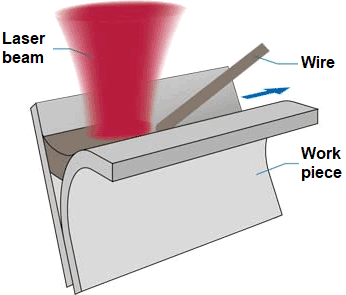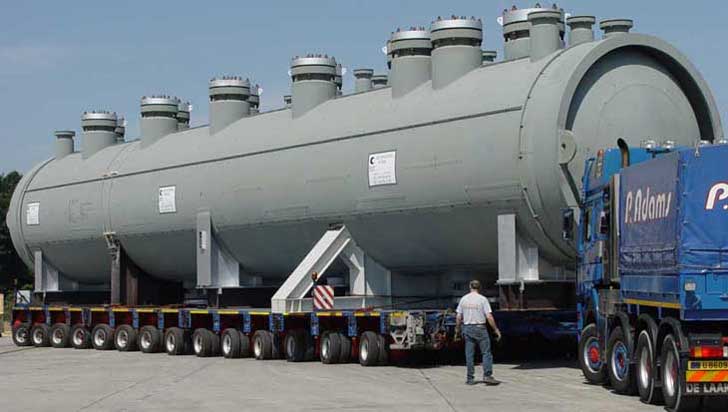What is Laser Brazing?
Laser brazing is a joining process for sheet metal in which the filler material with a low melting point is melted with a laser beam while the base material with a higher melting point does not melt.
In laser brazing, the working temperature is higher than 450°C, while another process is laser brazing, in which the working temperature is lower than 450°C. Laser soldering is mainly used in the electronics industry when soldering printed circuit boards.
LASER BEAM diameter on the workpiece surface is usually about 1.5...3 mm. Laser beam heats the joint surfaces, but does not melt the material. The filler material, usually a 1.0 mm diameter wire, is fed to the process. Laser beam melts the wire and the filler penetrates the openings in the joint and wets the joint surfaces. Filler solidifies and forms a smooth joint. Filler wire can be preheated to increase process speed.
FILLING COMETRY must be designed so that the laser beam can heat up the joint surfaces and the filler material can be applied to the joint surfaces. The most common joint types are fillet welding and lap welding.
MATERIALS for laser brazing are typically galvanized steel sheet metals. During welding, the process temperature rises well above the zinc evaporation temperature (906°C) and the evaporated zinc causes process instability and porosity. In addition, the evaporated zinc coating leaves the base material exposed to corrosion.
In laser brazing, the process is more stable and the lower process temperature causes the zinc coating to evaporate only in a very narrow area adjacent to the joint. The corrosion resistance of the filler material is usually very good and the intact zinc coating next to the joint can protect the area of reduced zinc from corrosion.

THE SMELING POINT OF FILLER MATERIAL must be lower than the melting point of the base material. For example, in laser brazing of steel, the filler materials are typically silicon bronzes (e.g., CuSi3, melting point of 910-1025°C) or aluminum bronzes (CuAl8, melting point of 1030-1040°C).
LASER BRAZING OF UNIQUE METALS is also possible. When laser brazing carbon steel and aluminum, for example, the filler material is welded to the aluminum part and brazed to the steel part. Carbon steel and stainless steel can also be easily soldered together.
TYPICAL APPLICATIONS for laser brazing are sheet metal structures where low heat input, good corrosion resistance and reduced need for refinishing are important. For example, the automotive industry uses laser brazing in long, visible seams in body and door structures.
BENEFITS OF LASER BRAZING..
- Excellent joint surface quality
- Excellent joint corrosion resistance
- High process speed (2-6 m/min)
- Reduced need for refinishing work
- The process is easy to control
- Joining of dissimilar metals

LIMITATIONS OF LASER BRAZING..
- Typically only for thin materials
- Relatively high investment cost
Reference(s).. www.ionix.fi
Related Post(s)

Explosion Bonding or Explosion Cladding or Explosion Welding is a technically based industrial welding process. As any other welding process, it complies with well understood, reliable principles...